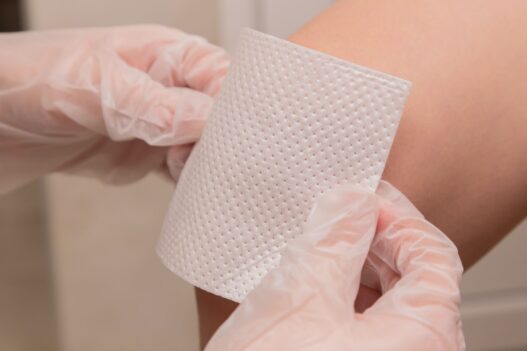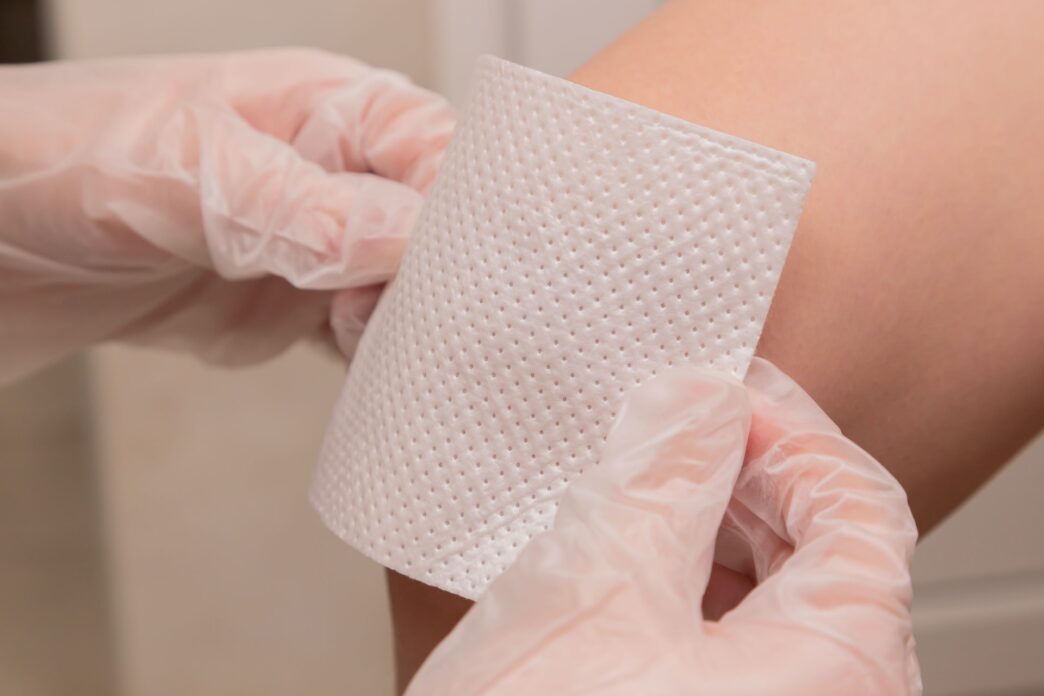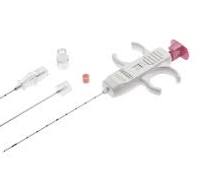In the realm of modern medicine, a skin graft company plays a vital role in providing advanced solutions for patients suffering from severe wounds, burns, and surgical defects. These specialized companies focus on the production and distribution of various skin graft materials, which are essential for effective wound healing and tissue regeneration. By offering high-quality biologic and synthetic grafts, skin graft companies contribute significantly to improving patient outcomes and enhancing the quality of life for those facing challenging skin conditions.
Understanding Skin Grafts
A skin graft is a surgical procedure that involves transferring skin from one area of the body (the donor site) to another area that requires coverage (the recipient site). This technique is commonly used to treat injuries, burns, and areas of skin loss due to surgical procedures. Skin grafts can be classified into several types, including:
- Split-Thickness Grafts: These grafts consist of the epidermis and a portion of the dermis, making them thinner and more flexible. They are often used for larger wounds and can be harvested from various body parts.
- Full-Thickness Grafts: These grafts contain the entire thickness of the skin, including both the epidermis and dermis. They are usually taken from areas with similar skin characteristics and are often used for smaller, more cosmetically sensitive areas.
- Composite Grafts: These grafts include skin and other types of tissue, such as cartilage or fat. They are used in specific situations where more than just skin coverage is needed.
The Role of Skin Graft Companies
Skin graft companies are at the forefront of innovation in wound care, providing a wide range of products and services to meet the needs of healthcare professionals and patients. Here are some of the key functions of these companies:
1. Product Development
Skin graft companies invest heavily in research and development to create advanced graft materials that enhance healing and improve patient outcomes. This includes developing biologic grafts derived from human or animal tissues, as well as synthetic grafts made from polymer materials. These innovations help address various wound care challenges, from promoting faster healing to reducing the risk of infection.
2. Quality Control
Ensuring the quality and safety of skin graft products is a top priority for skin graft companies. These organizations adhere to stringent regulatory guidelines and industry standards to maintain the integrity of their products. This includes rigorous testing for sterility, biocompatibility, and effectiveness, providing healthcare professionals and patients with the confidence they need when selecting graft materials.
3. Education and Training
Skin graft companies often provide education and training for healthcare professionals, ensuring that they are well-versed in the latest techniques and best practices for graft application and wound management. This support helps improve patient outcomes by ensuring that medical staff can effectively use the products available to them.
4. Distribution and Logistics
A critical function of skin graft companies is the distribution of their products to healthcare facilities across the country. This includes managing logistics to ensure that grafts are delivered in a timely manner and maintained under appropriate conditions to preserve their quality.
Applications of Skin Grafts
The applications of skin grafts are vast and varied, serving multiple medical specialties, including:
1. Burn Treatment
One of the most common applications of skin grafts is in the treatment of severe burns. When a patient experiences extensive burns, skin grafts can cover the damaged area, promote healing, and prevent complications such as infections.
2. Chronic Wounds
Patients with chronic wounds, such as diabetic ulcers or pressure sores, often benefit from skin grafts. These grafts can stimulate healing in non-responsive areas, helping to restore skin integrity and improve quality of life.
3. Surgical Reconstruction
After surgical procedures, particularly those involving tumor excisions or trauma, skin grafts can be used to close defects and promote healing. This application is essential in reconstructive surgery, where restoring the appearance and function of the skin is crucial.
4. Dermatological Conditions
In certain dermatological conditions, skin grafts may be used to treat areas of skin loss or damage. This includes conditions such as psoriasis, where grafts can help manage symptoms and restore skin health.
Advantages of Using Skin Grafts
The use of skin grafts offers numerous benefits for patients and healthcare providers:
- Accelerated Healing: Skin grafts promote faster healing compared to traditional wound care methods, which can significantly improve patient recovery times.
- Reduced Infection Risk: By covering exposed wounds, skin grafts help create a barrier against infection, minimizing the risk of complications.
- Improved Cosmetic Results: Skin grafts are designed to integrate with surrounding tissues, leading to better aesthetic outcomes and less scarring.
- Versatility: Skin grafts can be used in a variety of clinical situations, making them a valuable tool in wound management.
Challenges and Considerations
Despite their advantages, there are challenges associated with skin grafts that healthcare providers and patients should be aware of:
- Cost: The use of skin grafts can be expensive, particularly for high-quality biologic materials. This may limit access for some patients or healthcare facilities.
- Donor Site Morbidity: Harvesting skin for grafting can lead to complications at the donor site, including pain, scarring, and infection.
- Rejection and Failure: While the risk is low, there is still a possibility that the graft may not take or may be rejected by the recipient’s body, leading to complications.
- Individual Patient Factors: Each patient presents unique challenges, and factors such as age, comorbidities, and the nature of the wound can influence the effectiveness of skin grafts.
Conclusion
The work of a skin graft company is vital in the field of wound care, providing innovative solutions that improve healing and patient outcomes. With a focus on product development, quality control, education, and distribution, these companies play an essential role in the healthcare ecosystem. As technology advances and our understanding of wound healing improves, the importance of skin grafts in medical practice will only continue to grow.
At Life Biologics, we are committed to advancing the science of skin grafts and providing healthcare professionals with high-quality solutions for wound care. By focusing on innovation and evidence-based practices, we aim to support effective healing and enhance the quality of life for patients facing complex skin conditions.










